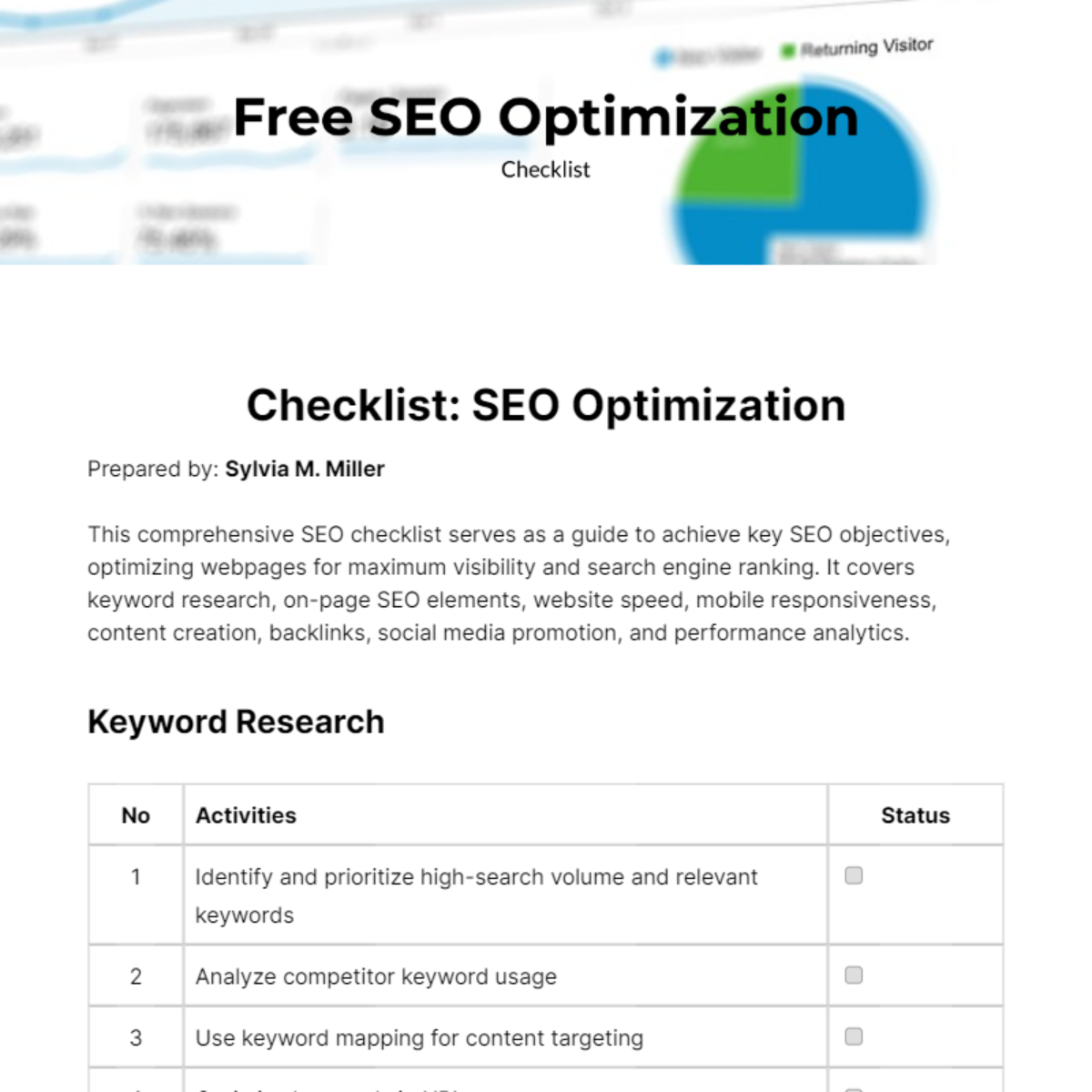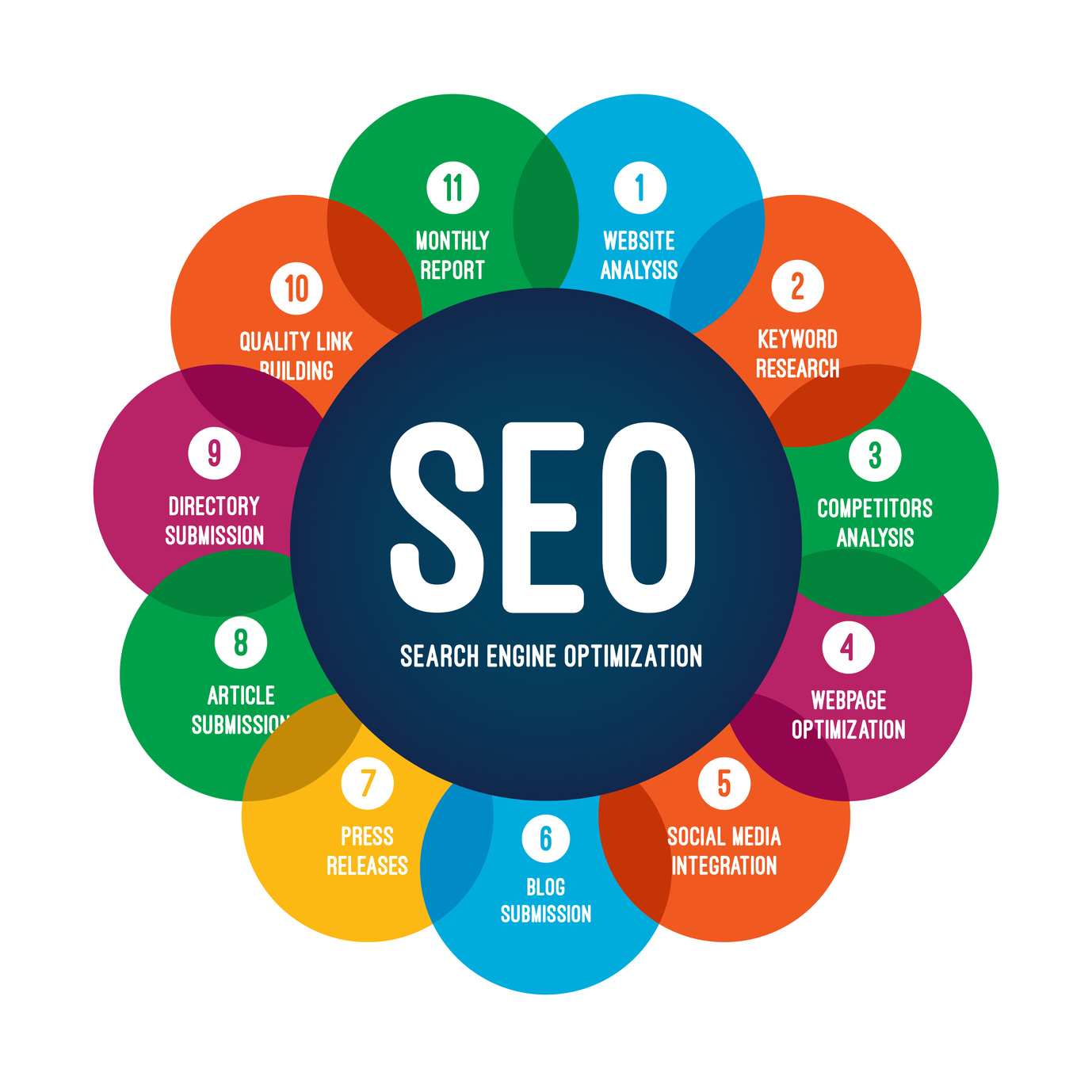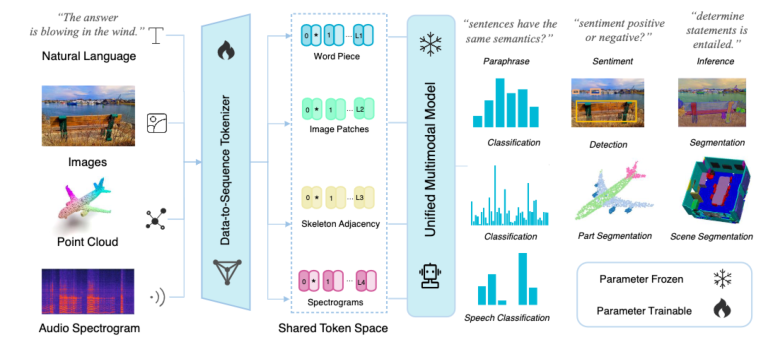
In the ever-evolving world of SEO, one trend is becoming increasingly important: search by image. As users turn to visual searches more than ever, especially with the rise of AI-powered tools like Google’s Search Generative Experience (SGE), optimizing your blog for image-based search is no longer optional—it’s essential.
This guide will walk you through everything you need to know about preparing your blog for “Search by Image” modes. From technical best practices to content strategies, we’ll cover how to ensure your images not only appear in search results but also stand out and drive traffic.
What Is “Search by Image” and Why It Matters
“Search by Image” refers to the ability of search engines like Google to process and return relevant results based on an image rather than text. Users can upload an image or click on one to see related content, products, or information.
Google has been refining this feature for years, and now it’s a core part of its search ecosystem. According to Google, over 10% of all Google searches are image-based, and this number is growing. With SGE and multimodal AI models, the future of search is increasingly visual.
For bloggers and content creators, this means that optimizing for image search is just as critical as optimizing for text. If your images aren’t properly structured, they might be overlooked, leading to missed opportunities for visibility and engagement.
How “Search by Image” Impacts SEO Performance
Optimizing for image search isn’t just about getting your images to show up—it’s about driving traffic and improving user experience. Here’s how it affects your SEO:
- Increased Visibility: Optimized images can appear in Google Images, Google Discover, and even rich snippets.
- Improved Click-Through Rates (CTR): High-quality, well-optimized images often lead to higher CTRs, which can improve your site’s ranking.
- Enhanced User Engagement: Visual content keeps users on your page longer, reducing bounce rates and increasing dwell time—both positive signals for SEO.
- Better Mobile Experience: Since mobile users often prefer visual content, optimizing for image search ensures your site is mobile-friendly.
Additionally, image optimization aligns with broader SEO principles like E-E-A-T (Experience, Expertise, Authoritativeness, Trustworthiness). Well-structured, high-quality images reflect your authority and enhance user trust.
Step-by-Step Implementation Framework
Here’s a practical, actionable framework to prepare your blog for “Search by Image” modes:
1. Define or Audit the Current Situation
Start by analyzing your current image strategy:
– Are your images properly named and described?
– Do they have alt text and structured data?
– Are they optimized for speed and resolution?
Use tools like Google Search Console, PageSpeed Insights, and Screaming Frog to audit your site’s image performance.
2. Apply Tools, Methods, or Tactics
Implement these key strategies:
- Use Descriptive File Names: Rename your images to include relevant keywords. For example, instead of
image1.jpg, usehow-to-optimize-blog-images.jpg. - Add Alt Text and Captions: Write clear, concise alt text that describes the image and includes your target keyword where appropriate.
- Implement Structured Data: Use schema markup to specify the main image of each post. This helps Google understand what your image represents.
- Optimize Image Size and Format: Resize images to match their display size and compress them using tools like TinyPNG or Squoosh.
- Use Responsive Images: Add
srcsetandsizesattributes to serve different image versions for different screen sizes. - Create an Image Sitemap: Include your images in an XML sitemap to help Google index them more effectively.
3. Measure, Analyze, and Optimize
Track the impact of your changes using analytics tools like Google Analytics and Search Console. Monitor metrics such as:
– Image impressions in Google Images
– CTR from image search
– Page load speed and user engagement
Continuously refine your approach based on data and user feedback.
Real or Hypothetical Case Study
Let’s say a food blog, TastyBites, wanted to increase traffic from image searches. They followed these steps:
- Renamed all images to include keywords like
chocolate-cake-recipe.jpg. - Added descriptive alt text and captions to every image.
- Used structured data to mark up their recipe images.
- Compressed and resized images for faster loading.
After six months, TastyBites saw a 35% increase in image traffic from Google Images and a 20% boost in overall organic traffic. Their average session duration also increased by 15%, showing improved user engagement.
Tools and Techniques for “Search by Image”
Here are some of the best tools to help you optimize your blog for image search:
- Yoast SEO Premium – Offers image optimization features, including alt text suggestions and structured data.
- Squoosh – A powerful tool for image compression and format conversion.
- Google Search Console – Helps monitor your image performance and identify crawl errors.
- ImageOptim – A macOS tool for optimizing image file sizes without losing quality.
- Schema.org – Provides guidelines for implementing structured data.
- Cloudinary – An image CDN that automatically optimizes and delivers images.
These tools can streamline your workflow and ensure your images meet the highest standards for search engines.
Future Trends and AI Implications
As AI continues to evolve, the way we interact with search engines will change. Google’s SGE and other AI models are already making it easier to search by image, and this trend will only accelerate.
Some future implications include:
– More Contextual Understanding: AI will better interpret the context of images, leading to more accurate search results.
– Voice and Multimodal Search: Users may soon be able to search using voice commands and images together.
– Personalized Image Results: Search engines may tailor image results based on user preferences and behavior.
To stay ahead, focus on creating high-quality, context-rich images and ensuring your site is fully optimized for both text and visual search.
Key Takeaways
- Use descriptive filenames and alt text to help search engines understand your images.
- Optimize image size and format for faster loading and better user experience.
- Implement structured data to improve your chances of appearing in rich results.
- Monitor your image performance using tools like Google Search Console and PageSpeed Insights.
- Stay ahead of trends by adapting to AI-driven search and multimodal interactions.
By following these steps, you’ll not only prepare your blog for image search but also position yourself as a leader in the evolving digital landscape.
Meta Title: How to Optimize Your Blog for Search by Image: A Complete Guide
Meta Description: Learn how to prepare your blog for “Search by Image” modes with actionable tips and best practices for better visibility and traffic.
SEO Tags (5):
– Image Optimization
– Google Search by Image
– Blog SEO
– Structured Data
– Content Strategy
Internal Link Suggestions:
– Parameter #8: How to Improve Core Web Vitals for Better SEO
– Parameter #10: The Role of E-E-A-T in Modern SEO
– Parameter #14: How to Use Schema Markup for Rich Snippets
External Source Suggestions:
– Google Developers – Image SEO Best Practices
– Yoast SEO – Image Optimization Guide
– Google Search Console Help Center










